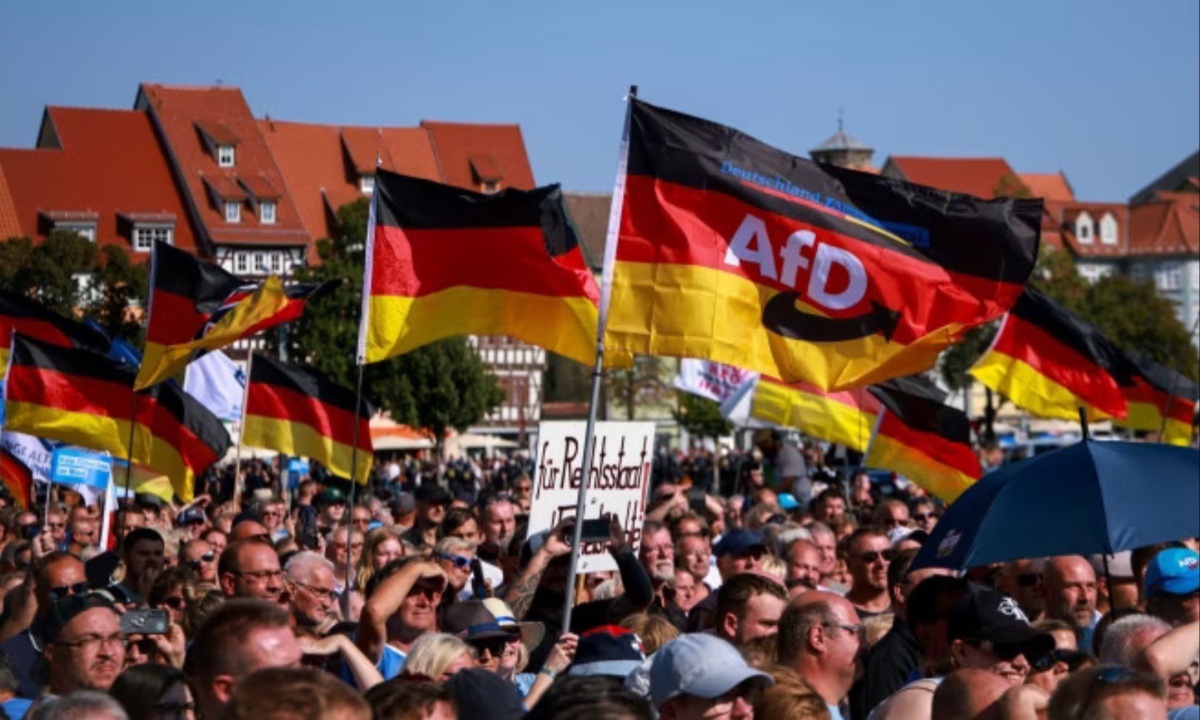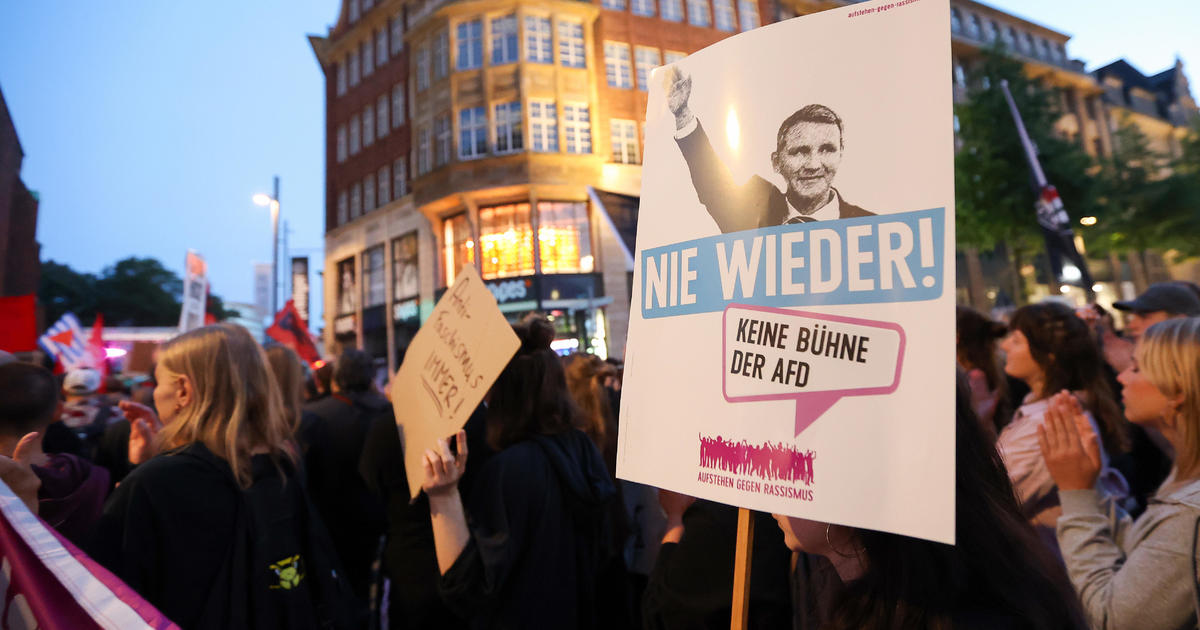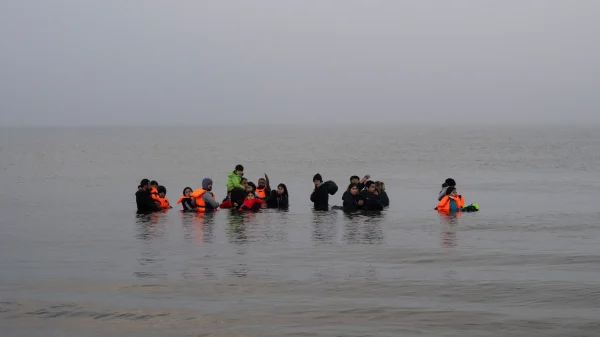Germany is seeing a rise in far-right support, with the Alternative für Deutschland (AfD) achieving its first regional election win since 1945 in Thuringia, a region with historical ties to the Nazi party’s early rise. Despite this, the AfD’s chances of gaining national power remain slim due to Germany’s proportional representation system, which requires coalition-building.
Mainstream parties refuse to collaborate with the AfD, limiting its influence. Although the party has gained momentum, particularly in the East, Germany’s pro-NATO, pro-EU parties still hold a significant majority, with about 63% national support.
The resurgence of the AfD is largely limited to Eastern Germany, a region with longstanding historical, political, and cultural differences from the West. Though the Berlin Wall fell decades ago, these divisions persist, rooted not in post-reunification issues or Soviet influence, but in much older historical events.
The East was shaped by a colonial past dating back to the medieval period when German settlers moved into Slavic lands. This centuries-old history has left a deep impact on the region, influencing its current political tendencies.

Germany’s Far-Right Gains in East Highlight Deep Historical Divides, But National Power Remains Elusive
Eastern Germany’s historical ties to militarism and colonialism date back to the 12th century, when German knights conquered and settled in Slavic territories. This led to a distinct social structure, with the East developing into a militarized society dominated by Prussian Junkers, who wielded both political and military authority.
This system fostered a mindset that differed significantly from the West, where more liberal and Catholic values prevailed. This deep-rooted difference helped shape the contrasting political preferences that persist today.
The East’s support for authoritarianism continued through the 20th century. After World War I, Eastern Germans largely supported anti-democratic parties like the DNVP, which eventually aligned with Hitler’s Nazis.
The region’s hierarchical and militarized society created an environment where far-right ideologies thrived, and this pattern continues with the AfD’s current dominance. Even after reunification, these divisions remain, affecting how people in the East vote and engage with political movements.
The AfD’s success in the East is driven by more than just political concerns that can be addressed through policy changes. It stems from a deeper cultural and historical divide that has persisted for centuries.
These differences, which are linked to the region’s colonial past and authoritarian tendencies, make it difficult for the AfD’s appeal to extend across the entire country. This situation is compared to other former colonial societies where the mindset of the past lingers long after colonial rule has ended.
Despite the rise of the AfD, Germany is not on the brink of far-right national dominance. The country’s electoral system and the strength of mainstream political parties act as barriers.
Even in Thuringia, where the AfD won a regional election, the party is unlikely to govern because it lacks coalition partners. Nationally, the AfD’s support remains around 17.4%, and there is no clear path for it to expand its influence beyond Eastern Germany.
Germany’s Christian Democratic Union (CDU) has shifted its political strategy by focusing attacks on the Greens rather than directly challenging the AfD. This reflects a growing recognition of the divide between East and West Germany, which mirrors the political polarization seen in countries like the United States.
The CDU is preparing for future elections where political competition will be fought on two fronts: the liberal, environmentally focused West and the more conservative, far-right-leaning East.
The enduring East-West divide in Germany is seen as a critical safeguard against the AfD’s ambitions for national power. While the East may continue to support the far-right, its smaller population and relatively isolated position within the country make it unlikely that the AfD will govern nationwide.
Germany’s history of division—cultural, political, and colonial—acts as a strong barrier to the far-right’s rise to dominance across the entire country.











































